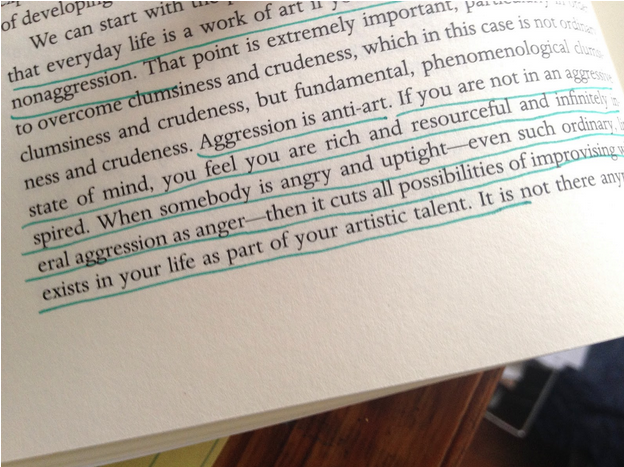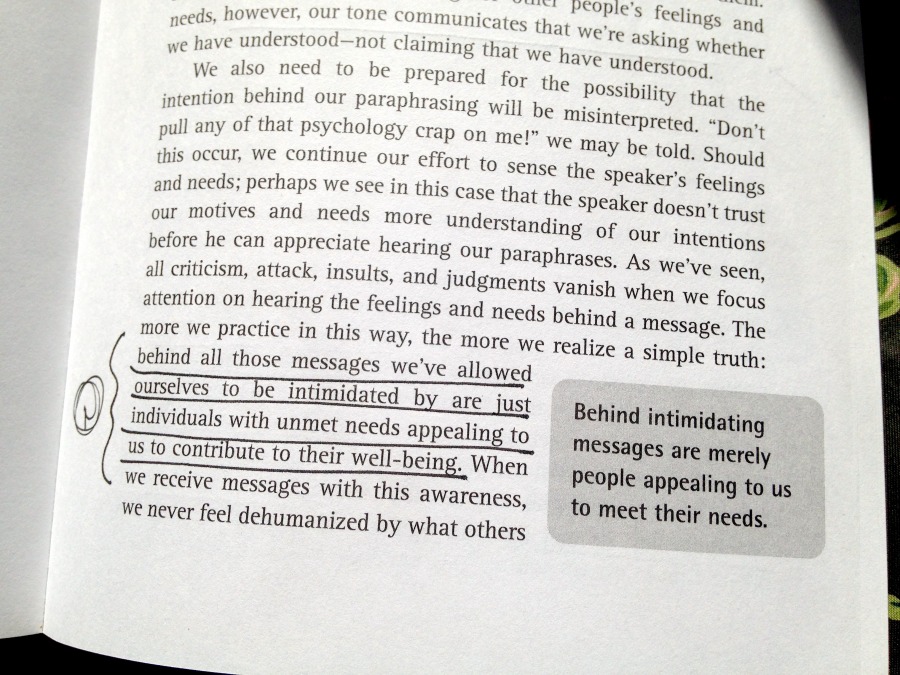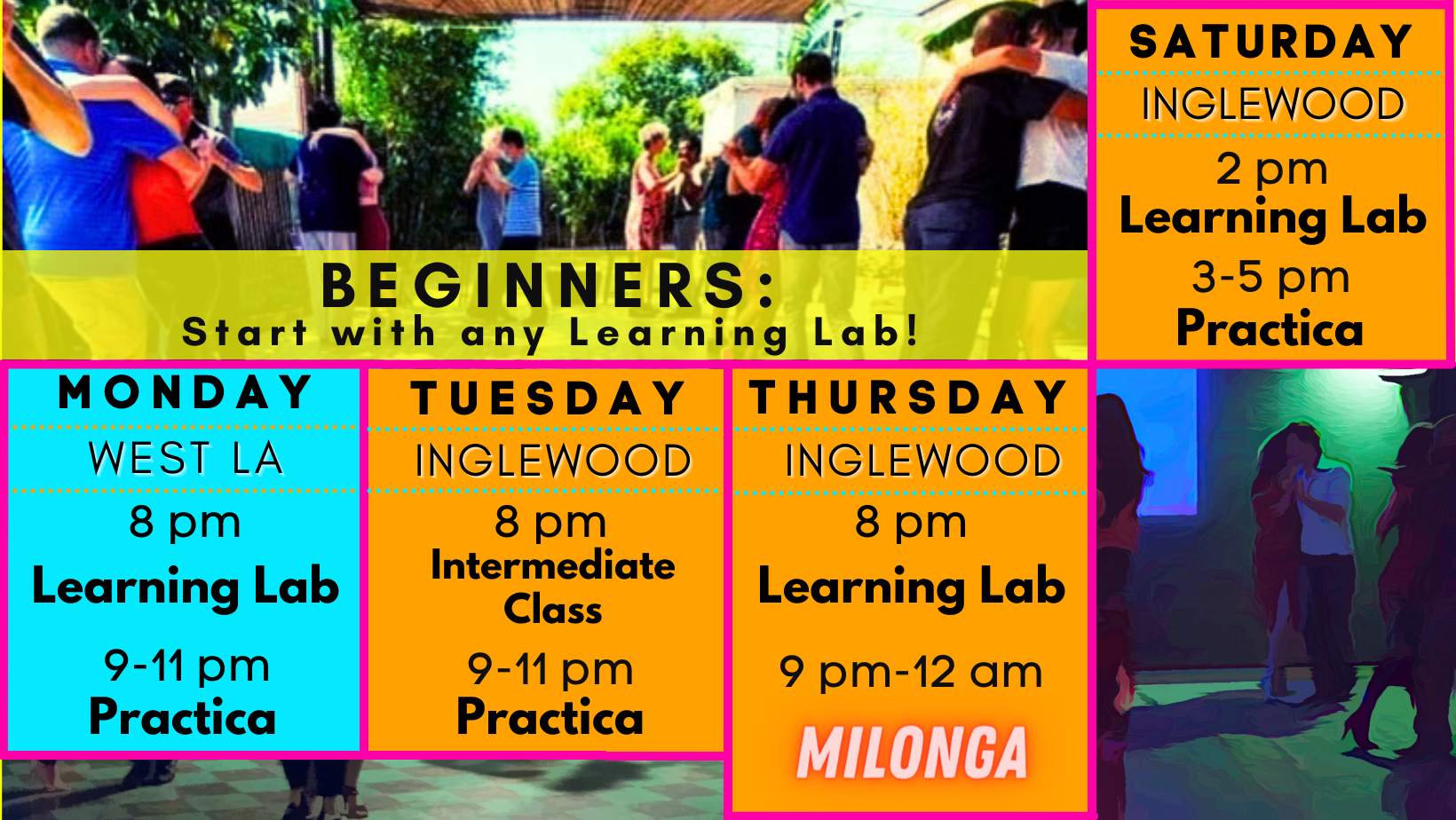BOOK REVIEW BY MITRA MARTIN
If you have ever found yourself saying, even just inside yourself, let’s say, while scrolling through the Facebook, “These people are SO annoying.” “I can’t stand her.” or just sighing, "Man." Or if you ever find yourself plotting microrevenge, “I won’t invite them again” or whatever...you need this book.
Here are some situations - on and off the dance floor - where what I learned from reading this book helps me find more peace:
- When I am sad or scared - learning how to give myself empathy
- When I am with someone who is upset - learning how to give empathy in a constructive way
- When I am stressed out and working with someone who is stressed out - learning new patterns to replace reactive or resisting ones
- When I am feeling happy about something - learning how to appreciate without being manipulative
Those things happen almost every day, especially when we are living and working as part of an active, dynamic, growing, changing community! So I find plenty of times to practice and plenty of times to be grateful for what I'm learning here.
Reading this book helped me realized how tricky language is, and how easy it is to unwittingly commit microviolences that make life more of a bummer than it needs to be. It doesn’t have to. All we need to do is to learn.
The book's incredibly user-friendly, too. It has excellent summaries and pithy callouts, it has useful reference lists and even very challenging self-quizzes! The writing is clear and humble and enriched by Rosenberg’s personal experiences generously shared. There are transcripts of actual conversation between people, with commentary, that are revelatory and really easy to relate to.





